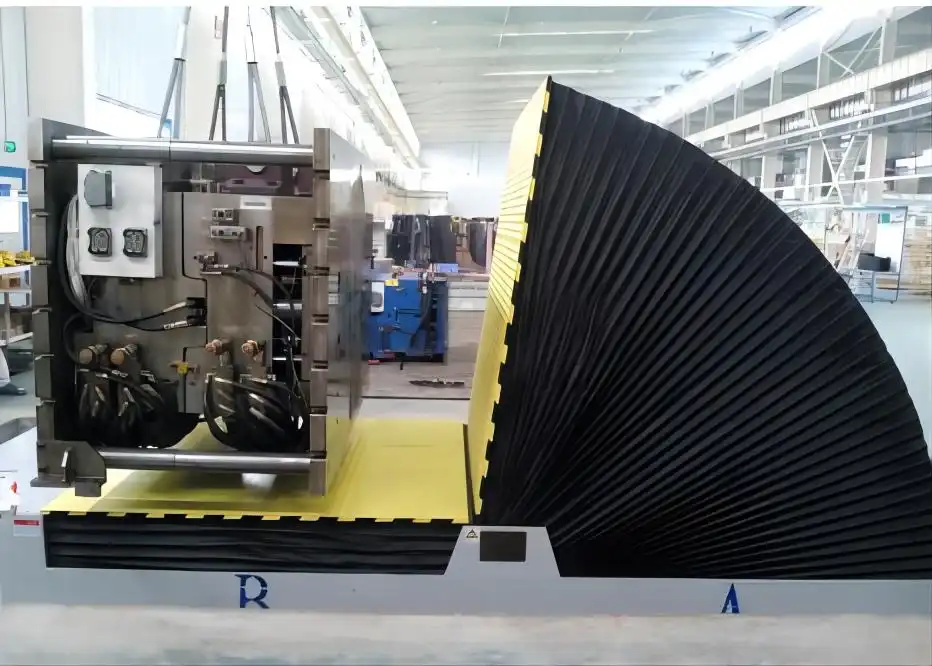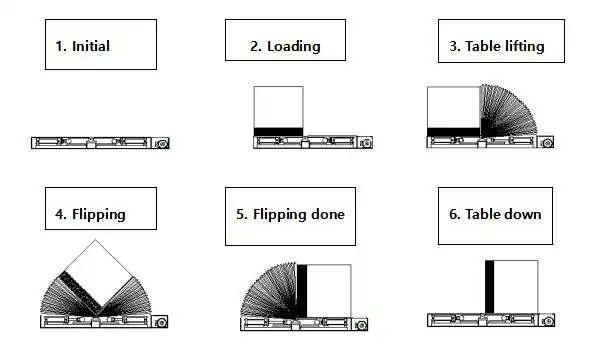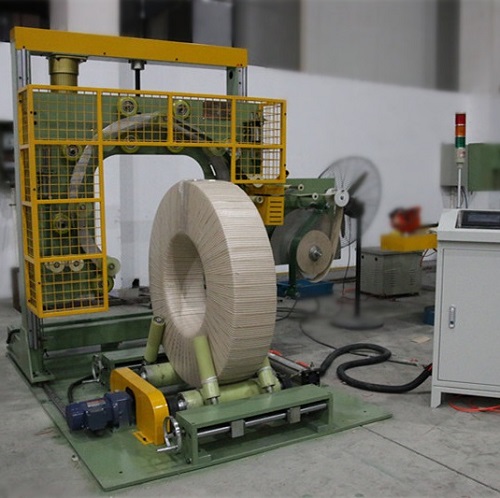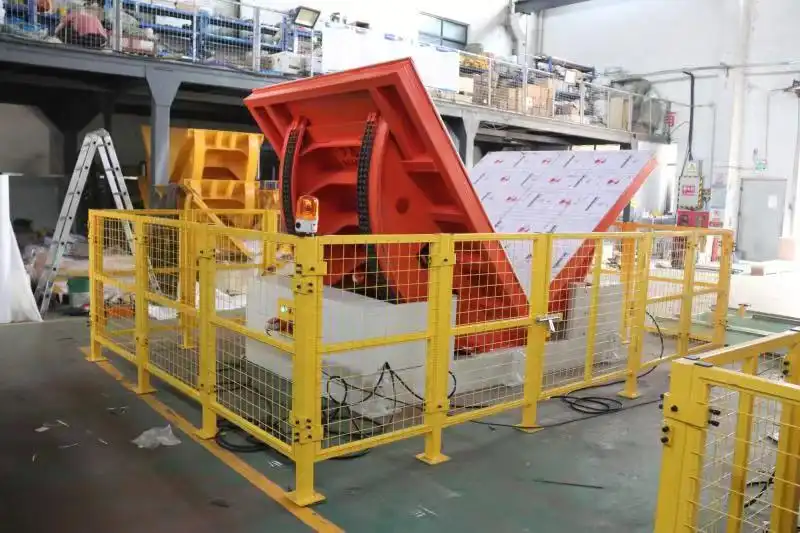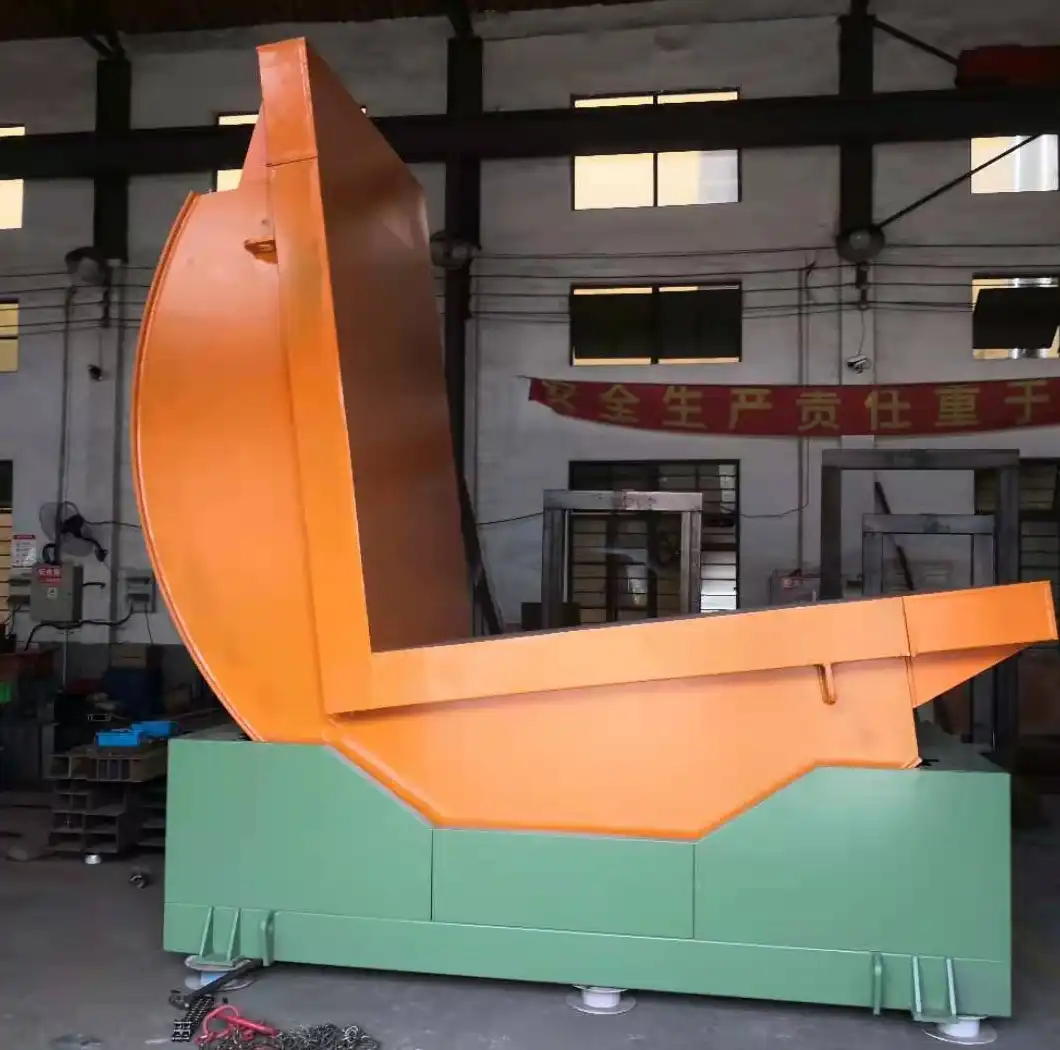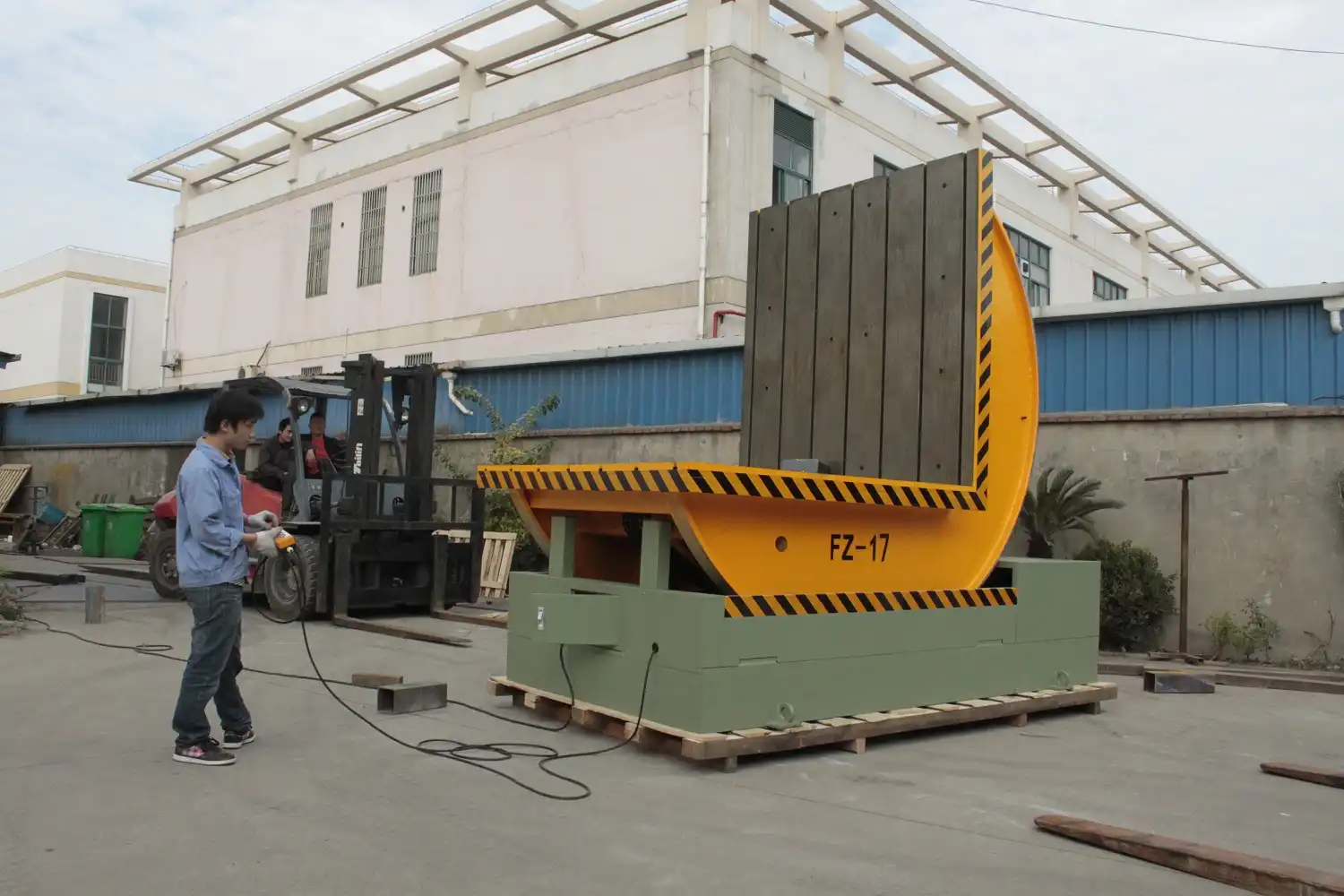Key questions arise when selecting the right coil packing system for your operations. Making the wrong choice can lead to inefficiencies and increased costs. It’s essential to understand your unique needs to ensure seamless integration and optimal performance.
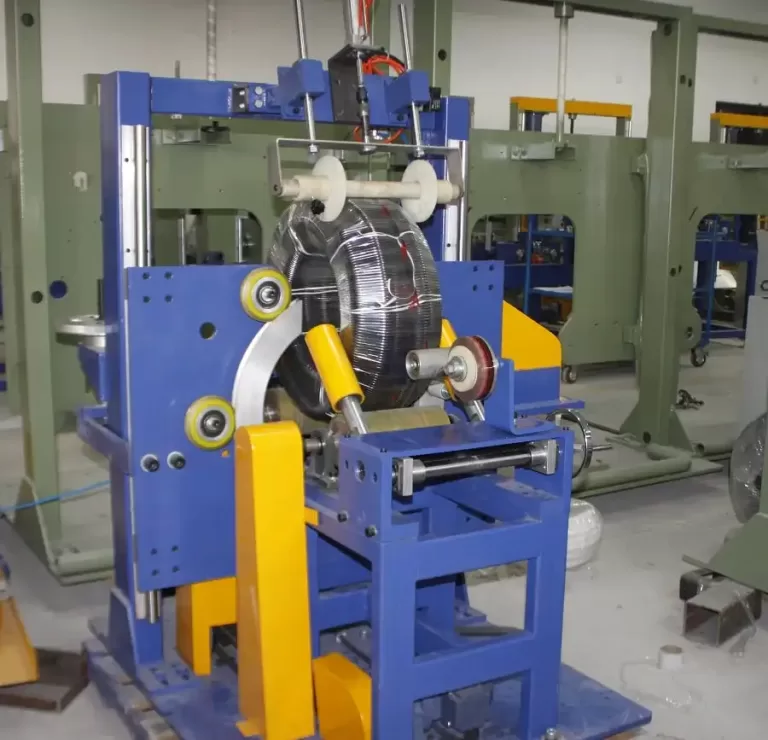
Before purchasing a Coil Packing System, it’s crucial to evaluate your specific operational requirements to ensure you choose the right equipment that enhances efficiency and meets your production goals.
Choosing the right coil packing system can be daunting, but understanding your needs makes the process easier. Let’s explore the key considerations to help you make an informed decision.
1. What are the specific needs and requirements of your operation?
Identifying your operation’s unique needs is the first step in selecting the perfect coil packing system. Your production volume, coil size, and handling requirements all play a role in determining the best equipment for your facility.
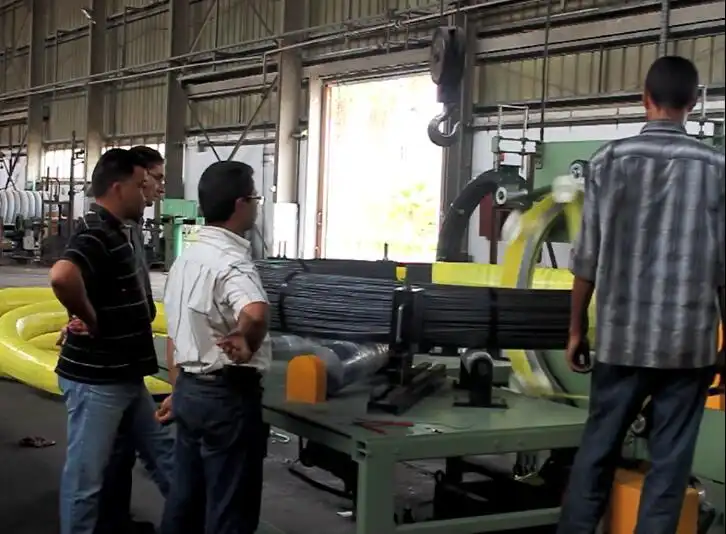
Understanding your operation’s specific needs ensures that the coil packing system you choose will integrate smoothly with your existing processes and meet your production targets effectively.
Assessing Operational Requirements
To align your coil packing system with your operational needs, consider the following factors:
Production Volume
High-volume operations require systems that can handle large quantities efficiently. For example, if you process thousands of coils daily, you’ll need a machine with a high throughput rate to maintain productivity without bottlenecks.
Coil Size and Weight
The dimensions and weight of your coils influence the type of handling equipment required. Systems vary in their capacity to manage different coil sizes and weights, so it’s essential to choose a system that can accommodate your specific coil specifications without risking damage or operational delays.
Integration with Existing Processes
Seamless integration is crucial for maintaining workflow efficiency. Evaluate how the new coil packing system will fit into your current production line, considering factors like space availability, compatibility with existing machinery, and the potential need for additional infrastructure.
Automation Requirements
Determine the level of automation you need. Fully automated systems can significantly reduce labor costs and increase consistency, but they require a higher initial investment. On the other hand, semi-automated systems offer a balance between manual control and automation.
Safety Standards
Ensure that the coil packing system complies with industry safety standards. This includes features like emergency stop buttons, safety guards, and proper training for operators to minimize risks and ensure a safe working environment.
Maintenance and Support
Reliable maintenance and support are vital for minimizing downtime. Choose a system from a manufacturer that offers comprehensive support services, including regular maintenance, quick response times for repairs, and readily available spare parts.
| Factor | Considerations |
|---|---|
| Production Volume | Throughput rate, capacity to handle peaks, scalability |
| Coil Size & Weight | Maximum coil dimensions, weight capacity, handling mechanisms |
| Integration | Space requirements, compatibility with existing systems, installation ease |
| Automation | Level of automation (fully vs. semi-automated), control systems, user interface |
| Safety Standards | Compliance with regulations, safety features, operator training |
| Maintenance & Support | Availability of service teams, warranty terms, ease of obtaining spare parts |
By thoroughly assessing these aspects, you can select a coil packing system that not only meets your current needs but also supports future growth and changes in your operation.
2. How reliable and efficient is the coil packing system?
Ensuring that your coil packing system operates reliably and efficiently is crucial for maintaining smooth production lines and minimizing downtime. Without a dependable system, you risk delays and increased operational costs, which can negatively impact your business.
A reliable and efficient coil packing system ensures consistent performance, reduces downtime, and enhances overall productivity. By investing in high-quality packaging equipment, you can achieve seamless industrial packing processes that meet your manufacturing needs.

Reliability and Efficiency Factors
Understanding the factors that influence the reliability and efficiency of a coil packing system is essential for making informed purchasing decisions. These factors include the system’s build quality, automation capabilities, maintenance requirements, and integration with existing workflows.
| Factor | Description | Impact on Efficiency |
|---|---|---|
| Build Quality | High-quality materials and construction ensure longevity and minimal wear. | Reduces downtime and maintenance costs. |
| Automation Capabilities | Advanced automation features allow for faster and more consistent packaging. | Increases production speed and reliability. |
| Maintenance Requirements | Easy access to parts and user-friendly maintenance protocols. | Minimizes maintenance time and labor costs. |
| Integration with Systems | Compatibility with existing machinery and software systems. | Streamlines operations and reduces integration time. |
Investing in a coil packing system with superior build quality means that the machine is less likely to fail and can handle high volumes of coil handling without frequent repairs. Automation capabilities play a significant role in boosting efficiency by allowing the system to operate at higher speeds with fewer errors, leading to consistent packaging results. Moreover, a system that is easy to maintain ensures that any necessary repairs or routine maintenance tasks can be performed quickly and without extensive downtime. Lastly, seamless integration with your current systems ensures that the new equipment does not disrupt your existing workflows, thereby maintaining overall operational efficiency.
3. What are the total costs involved in purchasing and operating a coil packing system?
Understanding the total costs associated with purchasing and operating a coil packing system is vital for budgeting and assessing the return on investment. Without a clear cost analysis, you may encounter unexpected expenses that can strain your financial resources.
Evaluating the total costs of a coil packing system involves considering initial purchase price, installation expenses, maintenance fees, and operational costs. A comprehensive cost analysis helps in making informed decisions and ensures that the investment aligns with your budget and business goals.

Cost Breakdown and ROI
A detailed understanding of the costs involved in purchasing and operating a coil packing system helps in planning and financial forecasting. These costs include the initial investment, installation and setup fees, ongoing maintenance, and operational expenses such as energy consumption.
| Cost Category | Details | Estimated Cost |
|---|---|---|
| Initial Purchase Price | Cost of the coil packing machine and any additional equipment. | $50,000 – $150,000 |
| Installation and Setup | Expenses related to installing the system and configuring it for use. | $5,000 – $20,000 |
| Maintenance Fees | Regular maintenance and repair costs to keep the system running smoothly. | $2,000 – $10,000 annually |
| Operational Costs | Energy consumption, consumables, and other day-to-day operating costs. | $1,000 – $5,000 annually |
The initial purchase price is the most significant upfront cost, which can vary based on the system’s capacity, features, and manufacturer. Installation and setup fees cover the costs of getting the system up and running, including any necessary modifications to your facility. Maintenance fees are ongoing expenses that ensure the system remains in good working condition and can include routine check-ups and unexpected repairs. Operational costs such as energy consumption and consumables are typically lower but still contribute to the total expenditure over time.
Calculating the return on investment (ROI) is crucial. By comparing the total costs against the expected benefits, such as increased productivity, reduced labor costs, and minimized damage during packaging, you can determine the financial viability of the system. A well-chosen coil packing system can pay for itself within a few years through improved efficiency and lower operational costs.
Conclusion
Careful evaluation of a coil packing system is essential for enhancing operational efficiency and maximizing return on investment. Addressing these key questions ensures a strategic purchase decision tailored to your specific industrial needs.

